Presentation Slide Science: Why Text On Slides Does NOT Work
Imagine for a moment, that you’re reading an article. You’re entranced…it’s captured your attention, and you want to get through it.
But, as you’re reading, someone starts talking to you. They didn’t ask…they just start talking.
- Do you stop the individual from talking, and keep reading?
- Do you stop reading, and turn your attention to what they’re saying?
You can’t both read with comprehension while also listening with comprehension, right? Do you get a little frustrated?
Then why do we ask our audiences to do it during our presentations? Sentences on our slides. Lots of words. Tiny font. We are forcing our audience to make a choice – to either listen with comprehension and miss the written message, or read with comprehension and miss what you’re saying.
But, your audience, in the moment, doesn’t make a choice. Instead, your audience is trying to do both because subconsciously it’s not sure which is more important and fails. The end result, they miss the messages, walk away with inconsistent information, but even worse – a frustrated brain quickly disengages. It begins to wander…
”What’s my next meeting?” “Coffee would be fantastic right now.” “I need to clean my office.”
Here’s the science…
When you hear someone say, “The brain cannot multi-task”, they’re only partially right.
But, when someone says “I’m multitasking”, that’s highly unlikely as well.
Confused yet?
Your brain has different processing centers.
You have an auditory center for listening (primary auditory cortex). You have a visual center for processing visual information (primary visual cortex) and something called the primary somatosensory cortex for processing the tactile information.
Our brains work like a strobe light, not a spotlight. Our brains are in a constant state of assessing, prioritizing and refocusing attention.
When we attempt to use the same center of our brain for multiple tasks at one time, we are doing both tasks -badly.
To nerd that down – If I’m talking about my guitar that has been sitting here in my office for ten years, yet I never learned to play it, and show you a picture of said guitar at the same time – you’re listening in the auditory center, and your visual center is matching it up with the picture. It’s called “Dual Coding”, where two centers are processing consistent information simultaneously. That’s awesome – it’s easy for the brain to not only comprehend, but also store. So that’s good!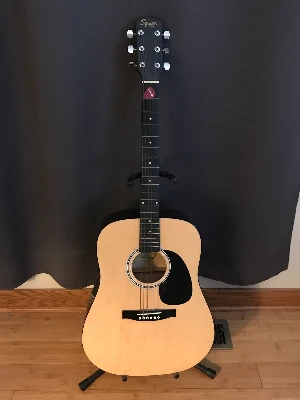
Now, if I’m talking about the guitar, and have sentences on a slide about the guitar, shouldn’t that work the same? I mean, I’m using my eyes to read the sentences, right? Auditory for the spoken word, visual for the written word?
NOPE!
As it turns out, we use our auditory center to read!
We read with our ears?
YES! While our eyes take in the written word, our brain reads the words to itself, thus using the auditory center to do the actual processing. As you’re reading this article, your eyes aren’t processing the text. Your brain is reading this article to itself.
So, the spoken word is being processed in the auditory center – and the written words on the slide are ALSO being processed in the auditory center.
That’s impossible for the brain to do. So, the punchline?
Get the text off your slides! It’s ok to have a word or two. If you have to have a sentence, it had better be a quotation. Your slides are not your speaker notes. If you must have a sentence or a paragraph on your slides, either:
“I’m going to stop talking for a moment while you read this.”
Or, and I know this goes against what we’ve all been taught…to not read our slides…but,
Read the sentence out loud for your audience.
You have to make the choice for them.
And what’s even better, don’t force them to choose. Take the words off your slides. Instead, use images to reinforce your points. Take advantage of dual coding.
I did a keynote last week – requiring slides. Here are four of them.
- I discussed how my kids chose the status quo over waiting in line for their favorite treat on Earth, frozen custard at Culvers, due to the unexpectedly long line, and how that relates to friction-filled sales processes.
- I discussed how IKEA is the #1 furniture retailer in the world for 13 straight years, and it’s a nightmare. They win because they embrace and are transparent about what they give up (the buying process) to be great at their core (modern design, low price…oh, and meatballs).
- I discussed how a trail guide illuminating the dangerous parts of a trail before a rider begins helps their satisfaction of the ride. How salespeople setting expectations of the pros and THE CONS does the same.
- I discussed how choosing what to do a book report on in high school is like how a buyer with multiple priorities chooses which priorities to focus on, and which to live with.
No sentences. Just pictures to reinforce the spoken word.
Incredibly effective, and now we know why.
You cannot listen with comprehension & read with comprehension at the same time.
Remember, your slides are not your speaker notes….they are there to aid your audience in their comprehension, engagement, prioritization, and action. Remove the text. Remove the sentences. Use images to reinforce what you’re saying. Don’t force the brain to choose, because it’s not designed to do so.
Reach out or browse around for more info on sales keynotes and workshops that focus on applying transparency to messaging, positioning, sales presentations, sales negotiations and sales leadership.

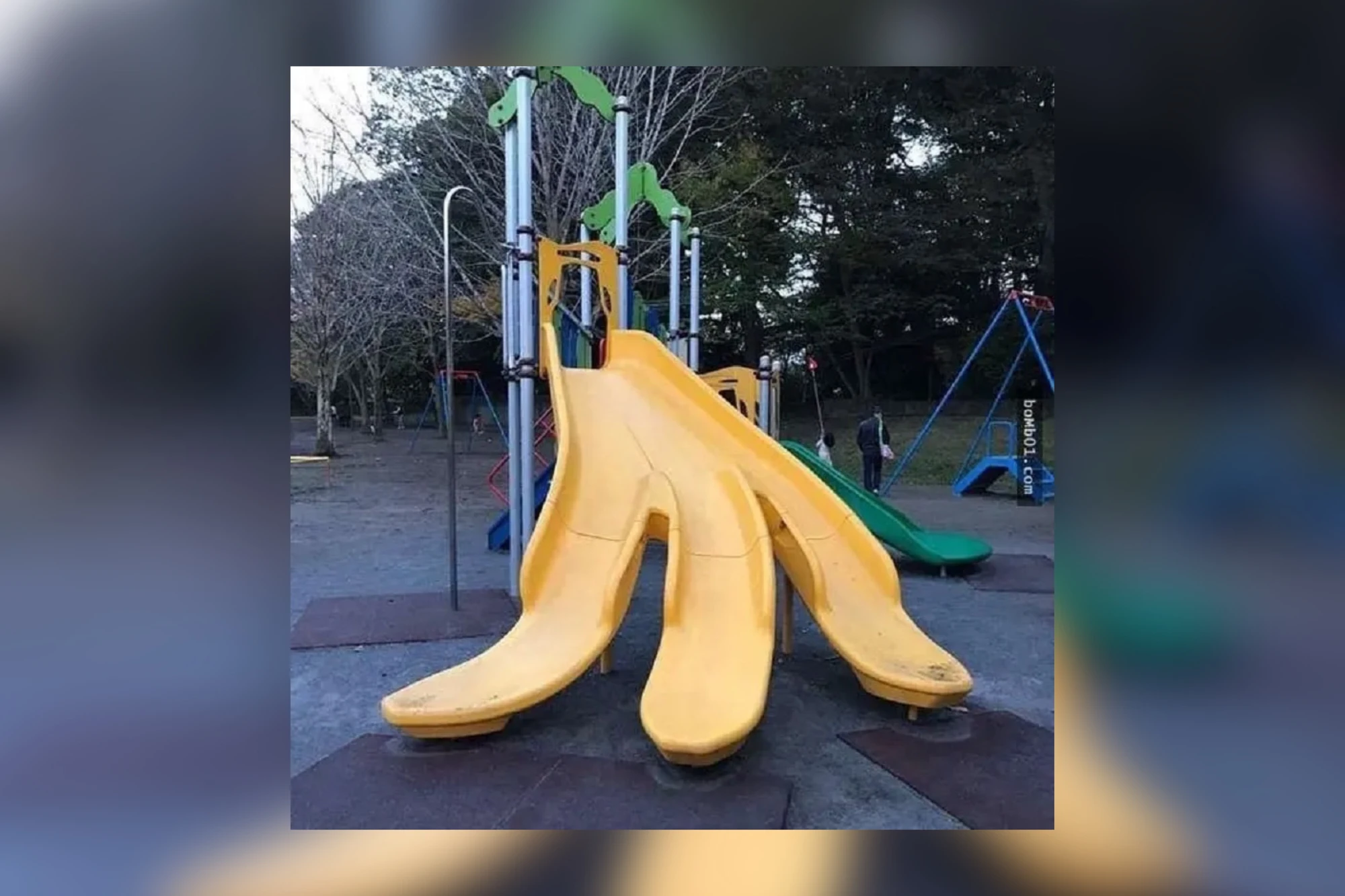
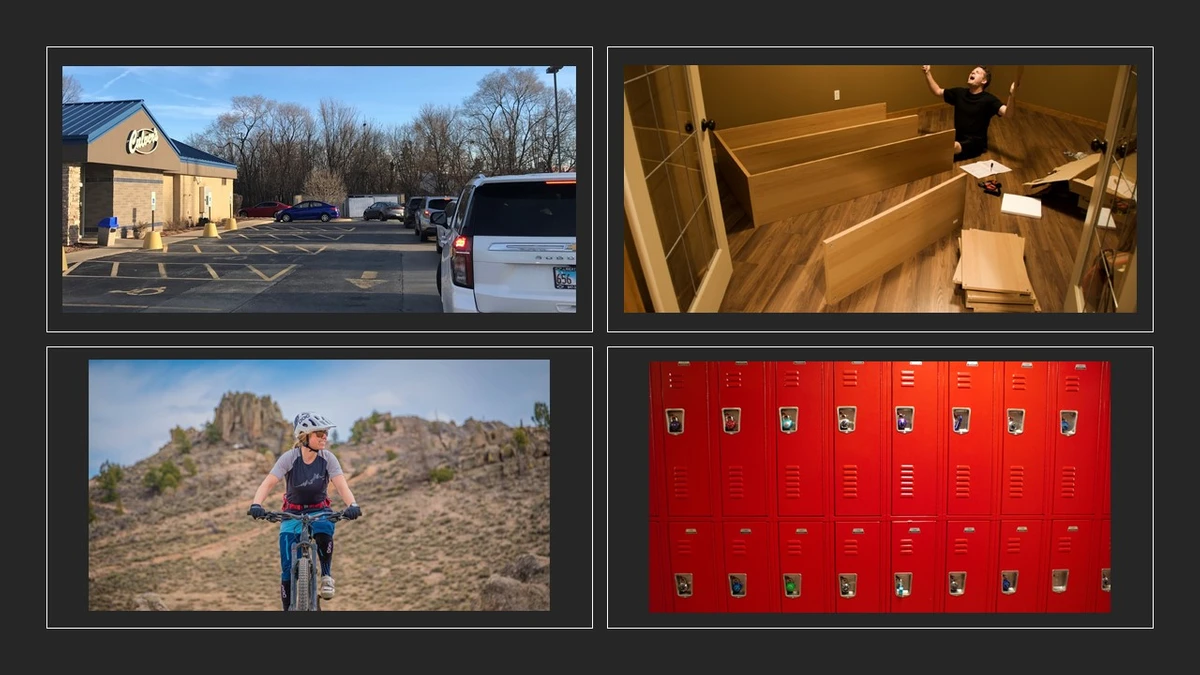

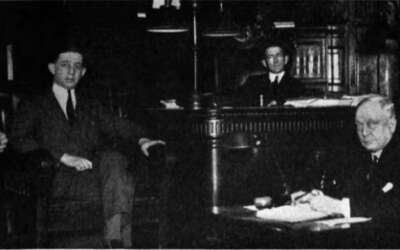
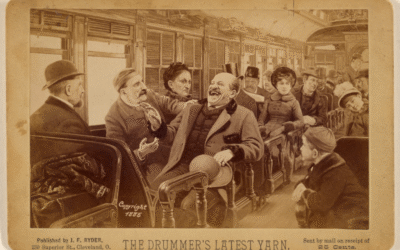

0 Comments